Porsche is proud of the Taycan, arguably the best electric car Germany has produced. The Audi RS E-Tron GT is on the same platform. Which car is faster, more economical, charges the fastest and has the best range?
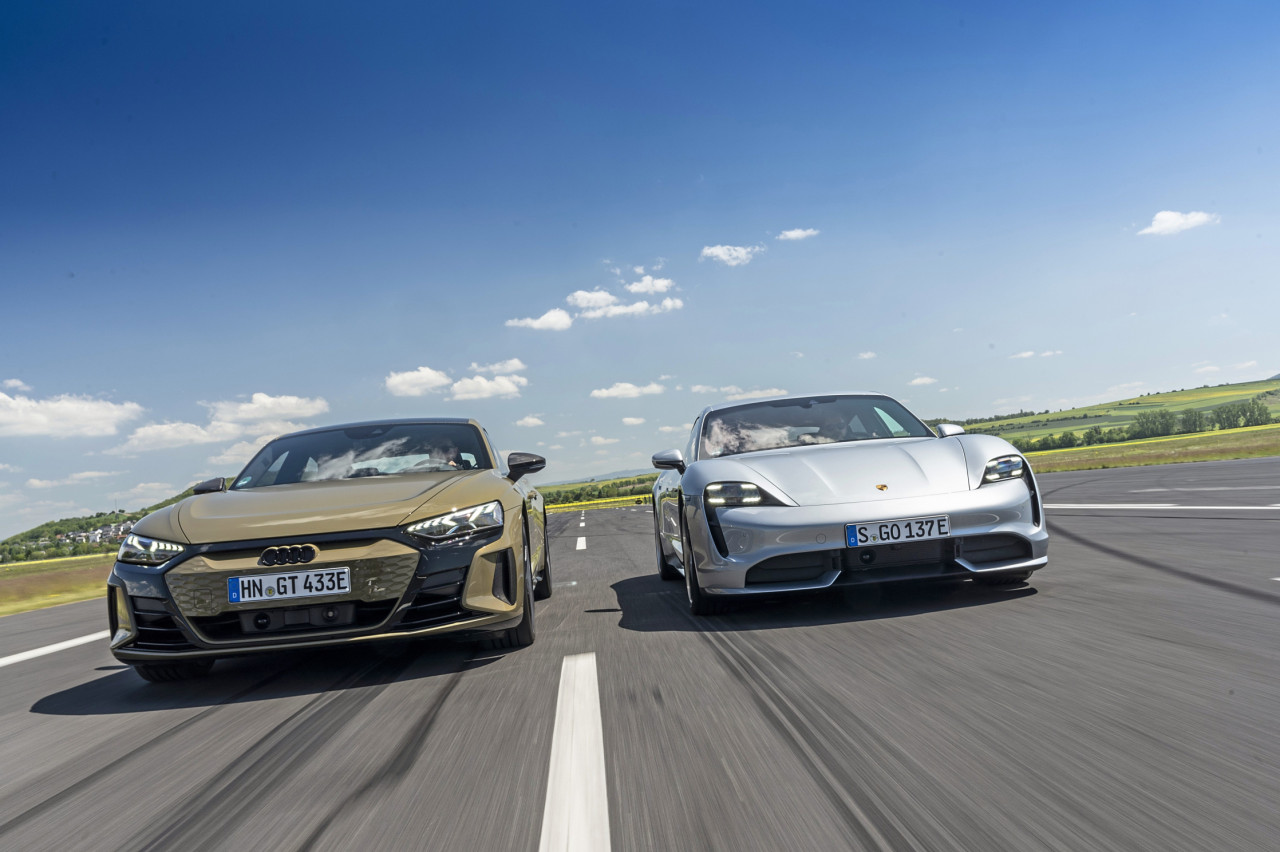
The Porsche Taycan Turbo and Audi RS E-Tron GT both have two electric motors, one on the front and one on the rear axle. There are only differences in power: the RS E-Tron GT has 598 hp (boost: 646 hp), the Taycan is even more powerful with 625 hp (boost: 680 hp). According to our measuring equipment, this results in a slightly faster sprint time: the Porsche needs 3.1 seconds for the hundred sprint, the Audi 3.2 seconds.
Taycan Turbo: 0-200 km/h in 10.5 seconds
The way in which the full 800 Nm of torque is released on all wheels is an experience in both cars. Even at 200 km/h, the stretch with the electric heavyweights (more than 2.3 tons) is certainly not yet out. The Porsche hits this magical value in 10.2 seconds, the Audi follows 0.3 seconds later. If you want, you can continue for a while. The top speed of the Audi RS E-Tron GT is 250 km/h, the Porsche tops at 260 km/h.
Nice, isn’t it, such a comparison test? We do at least three every month! To stay informed? Subscribe to the newsletter!
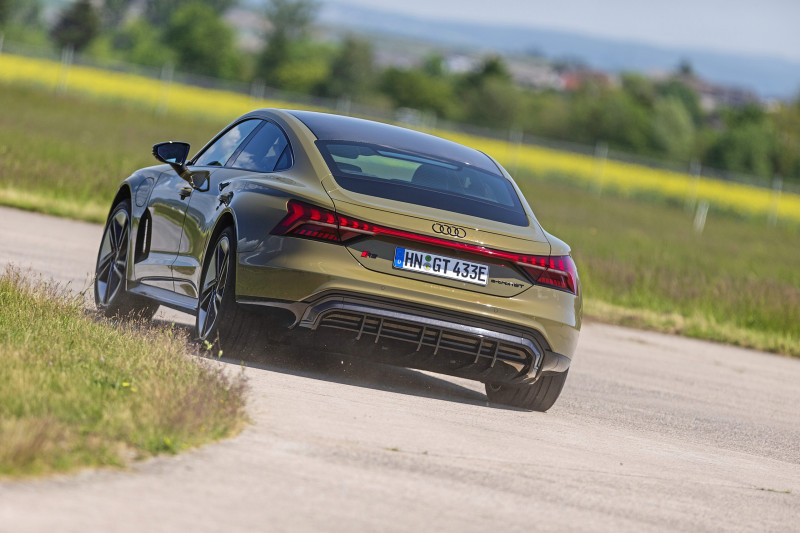
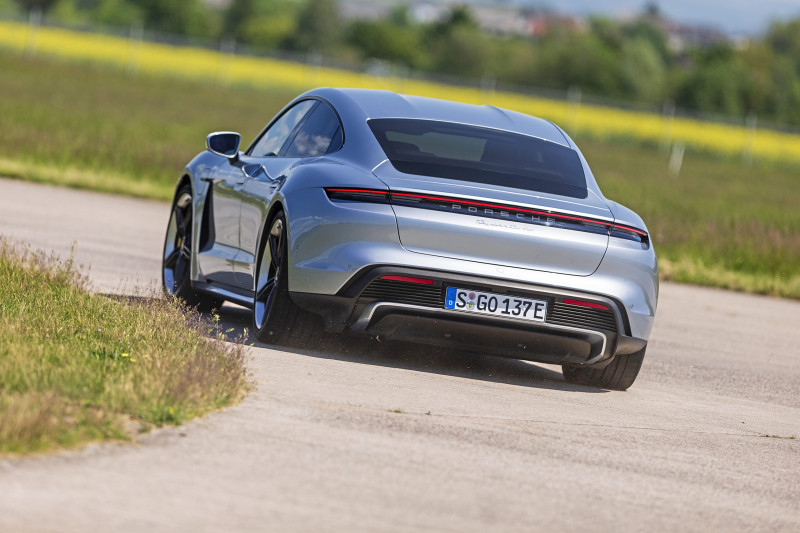
Does the Audi or the Porsche have the longest range?
You would expect that with all our roller coaster rides the test consumption also rises to great heights, but that is not so bad. After the test kilometers on our standardized route in and outside built-up areas, the Audi RS E-Tron is slightly more energy-efficient and consumes 21.4 kWh/100 km. That equates to a range of 391 kilometers. The Porsche has to be recharged after 361 kilometers because it consumes a bit more: 23.2 kWh/100 km.
Range at 100, 130 and 160 km/h
If you drive ‘normally’ at 100 km/h on the highway, you will get 416 kilometers with the Audi and 370 kilometers with the Porsche. If you increase the speed to 130 km/h, the Audi will take you 343 kilometers and the Porsche 312 kilometers. Come on, because the autobahn is so much fun: we also report what you have left at a constant speed of 160 km/h. That is not too bad: 285 kilometers with the Audi, 272 kilometers with the Porsche.
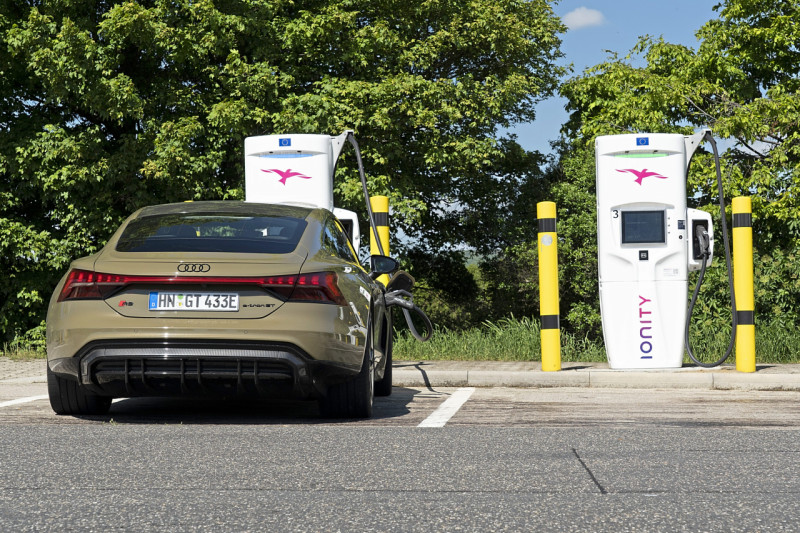
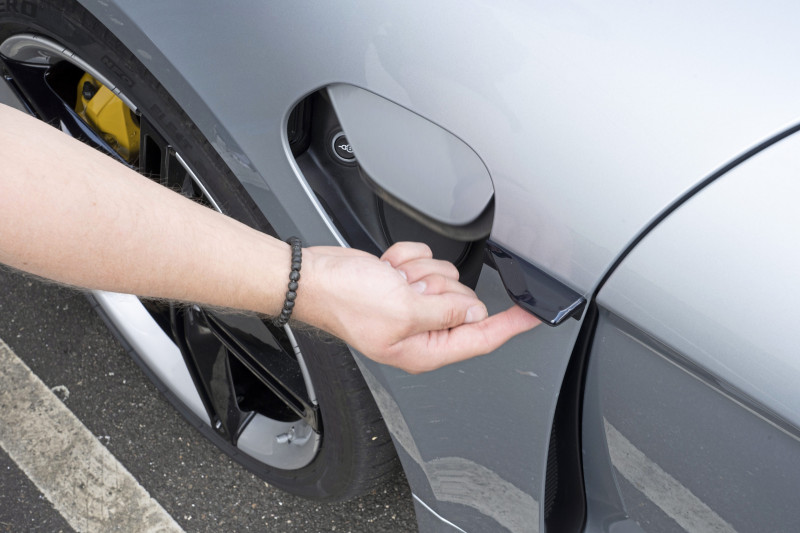
Porsche Taycan and Audi RS E-Tron fast charging
When you stand at the fast charger, the battery of the Porsche and Audi is fully charged with a maximum of 270 kW. Then you have to find the right charging station. With 50 kW, 28 minutes of charging should be enough for an extra 100 kilometers of range, with 270 kW five minutes would suffice. Please note: this is only possible under optimal conditions, with a battery that is at the right temperature. It is useful to put the charging stop in the navigation system, then the battery management automatically ensures an optimal battery temperature between 30 and 35 degrees.
Predicting better than Nostradamus
The Audi navigation comes standard with digital charge manager, which can predict better than Nostradamus. With the Porsche you pay extra for that. To reach our destination 350 kilometers away, the system recommended an 8-minute stopover at a 350 kWh charger from Ionity. And that was surprisingly correct: we arrived at the charging station while the battery was still 16 percent full. After eight minutes of charging, it had risen to 40 percent. Exactly what the system had come up with.
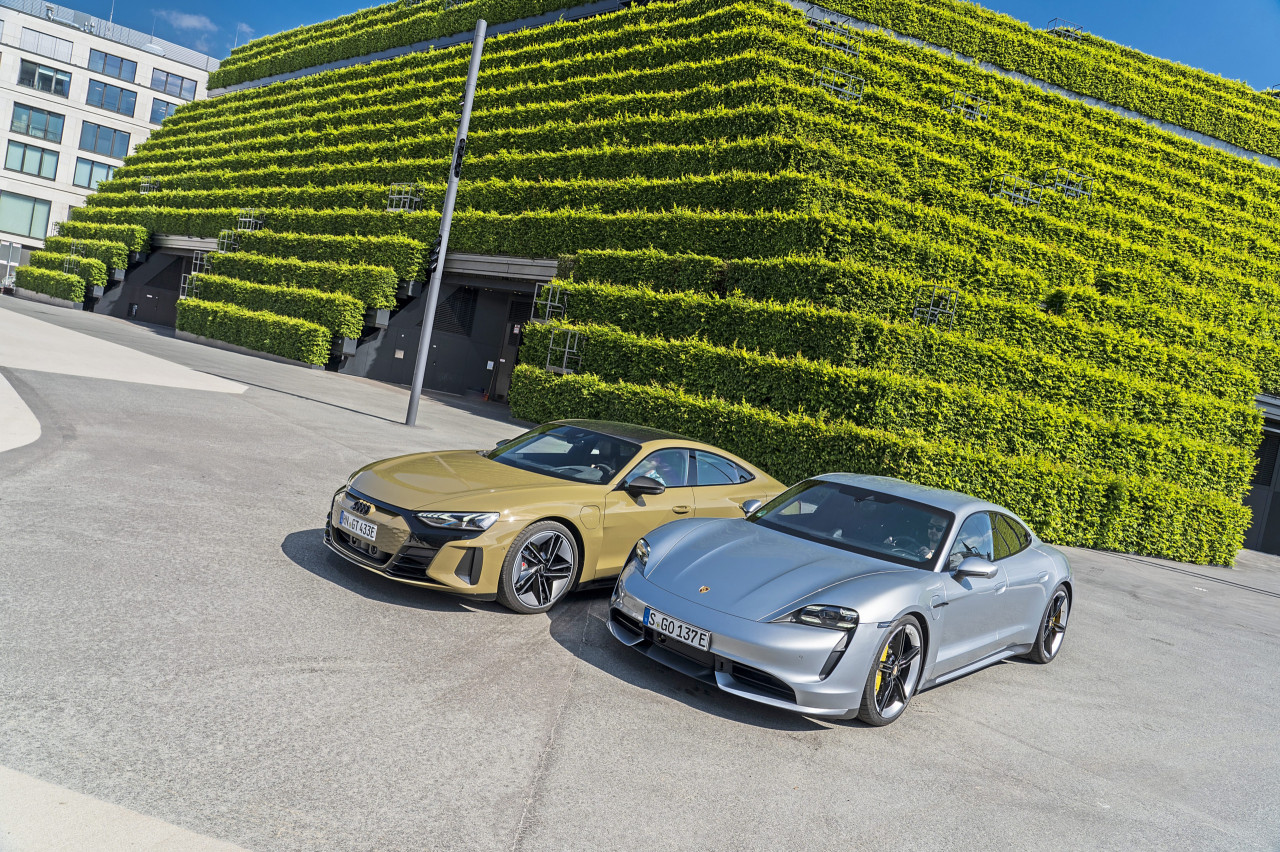
On long distances, the key is not to charge the battery for longer than is necessary to achieve your goal. This saves a lot of time and is good for the battery life. Ideally, it is always filled between 20 and 80 percent.